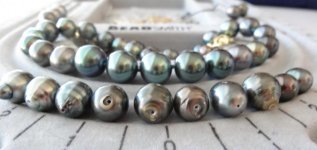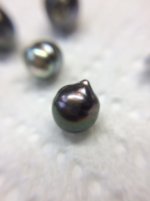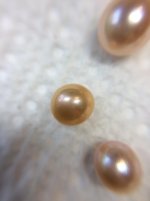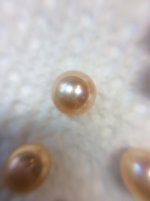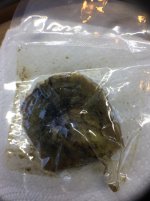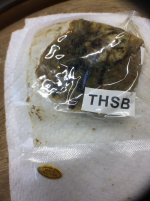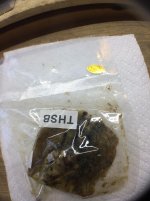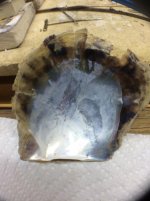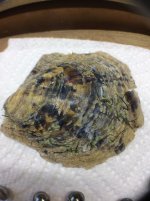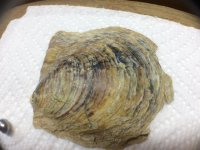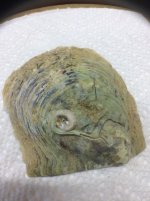llcraig2011
New Member
- Joined
- Jan 6, 2012
- Messages
- 12
I'm a jeweler and recently bought my first wholesale lot of tahitian pearl drops in the oyster shell. I was very excited to get the lot, open them, remove pearls, and clean them. After doing about 20 pearls, including gently cleaning them with dawn dishwashing detergent and a very soft toothbrush, I noticed the dried pearls had what looked like a residue or thin white film on them. I couldn't remove the film and finally tried gently rubbing one of the pearls with my water soaked soft fingernail. Surprisingly, it removed the film/residue! Is there an easier way to clean my tahitian pearls? They came in individual, sealed, clear plastic packages and were soaked in fimalgihyde or some other preservative that smelled bad! I don't know if the residue/film is salt or preservative. I have many pearls to clean and I need a faster, safer, and proper way to clean the pearls. Afraid I could scratch the pearl if I pressed too hard with my fingernail!

